Growing Blog
A Mushroom Growers Guide To Preventing Contamination
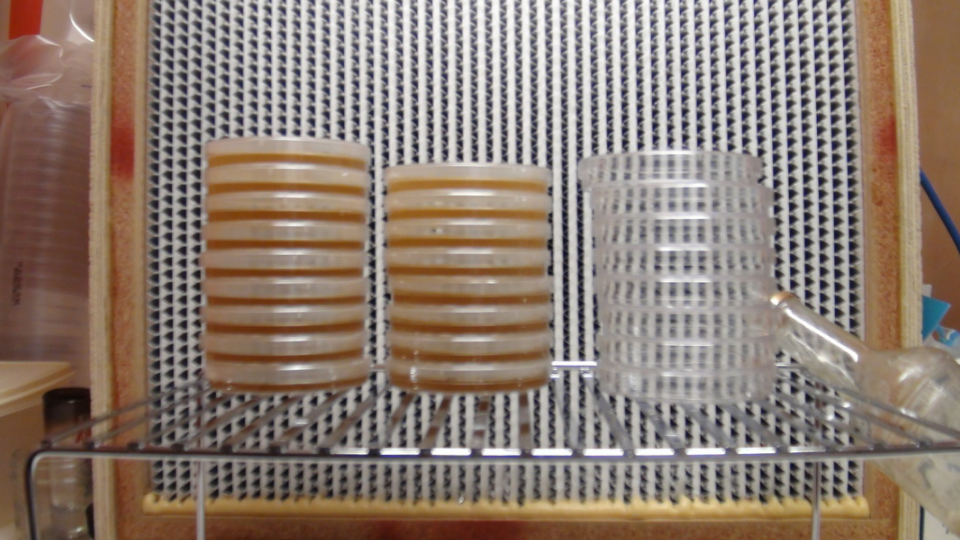
Growing mushrooms from scratch require a sterile environment, and sterile processes for repeated success.
The hard work of transferring cultures on agar, inoculating grain jars, and making fruiting blocks can be ruined from a single mold spore. So how do you minimize the risk of pesky contaminates destroying your grow?
You gotta keep it clean.
This means knowing where contamination might come from, and doing what is practical in order to mitigate the risk.
How Clean Does it Need to Be?
Some might wonder why this is even necessary. Don’t mushrooms grow in the wild?
Wild mushrooms are grown in a much more balanced environment. Mushrooms find a way to grow because, eventually, everything will line up just right. But if we want to cultivate mushrooms, predictably and repeatedly, we need to create a much more lop-sided environment. An example of this is a supplemented fruiting block inoculated with mushroom culture.
These fruiting blocks are full of the nutrition that the mushroom needs to grow, and no competition to hold it back. This forces the mushroom to grow as we want- but if the block becomes contaminated with mold spores, it becomes a 2 way race- a race in which the chosen mushroom is almost sure to lose.
Just how clean it needs to be, really depends on exactly what you are doing- but it is always better to go a step above.
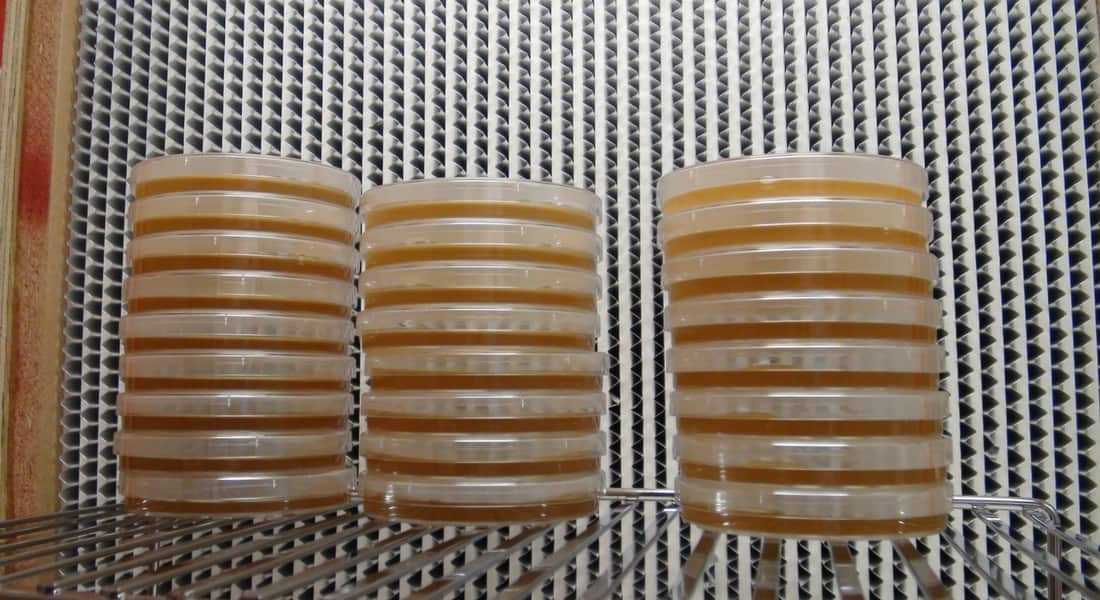
How to Create a Sterile Environment
That being said, we might as well face facts right now- it’s pretty much impossible to get a 100% sterile environment. Getting closer and closer to perfectly sterile is a constant battle for the mushroom grower.
There are just too many possible sources of contamination. It’s not just mold spores floating in from the air that you need to worry about. Your cultivation tools, your hands, your breath and clothes, and even the mushroom cultures or substrates themselves can all harbour contamination.
But what you can do it find practical ways to increase your chances of success.
Let’s look at the possible sources of contamination, and see what we can do to minimize the risk and maximize the probability of success.
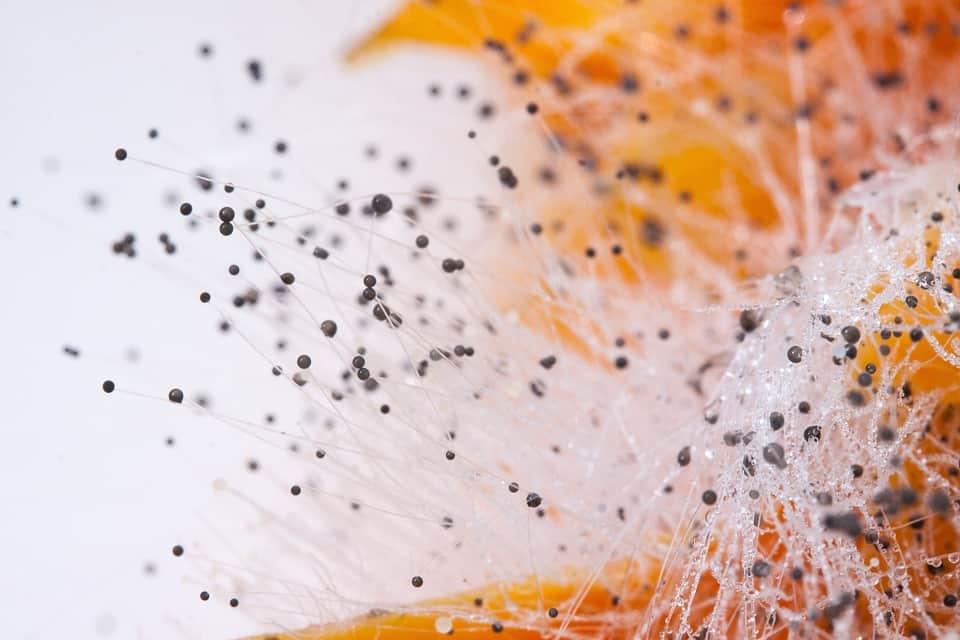
1. Airborne Contaminants
The air is a very likely source of contamination for mushroom growers. Mold spores and other contaminants, although invisible to the naked eye, are everywhere- just waiting to ruin your project!
Laminar Flow Hood
The best option to reduce contaminants in the air is to use a laminar flow hood. This allows for a clean stream of air in which to do mycological work, can effectively eliminate airborne contaminants if used correctly.
Flow hoods are quite an investment, whether you buy one or build one yourself– and are usually only used by dedicated mycologists and commercial growers.
Without a doubt though, they are certainly handy to have- and make agar work and inoculations so much easier to manage!
Still Air Box
Another option to reduce airborne contaminants is a still air box, or SAB. This is essentially a large clear tote with arm holes cut into the sides. This way, you can clean the inside of the tote with alcohol and slide your hands through the holes to perform the work. A SAB provides a mini “lab-in-a-box” that can be quite effective for hobby growers.
Due to the size of the tote, it is difficult (although not impossible) to perform fruiting block inoculations or grain to grain transfers with spawn bags. That being said, SAB’s work quite well for small scale agar work.
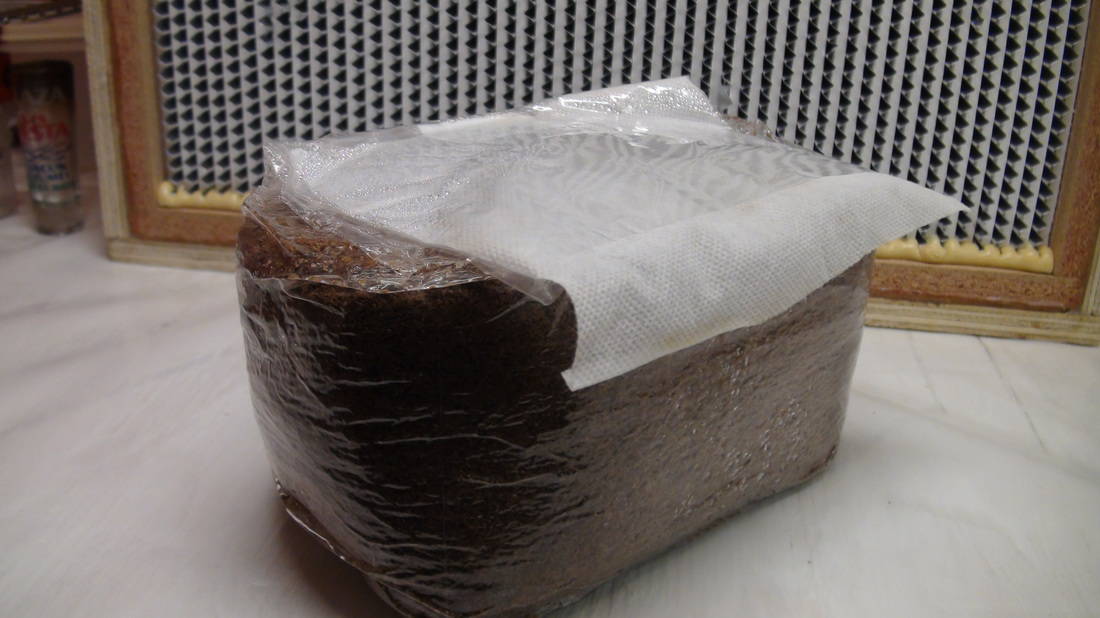
2. Contamination from Substrates
A common reason for contamination in mushroom cultivation is incomplete sterilization or improper pasteurization of the bulk substrate before inoculating with a mushroom culture. The bulk substrates and grains naturally contain competing organisms and dormant spores that need to be reduced or eliminated, otherwise, they will try and out-compete your mushrooms.
Sterilization
Supplemented sawdust fruiting blocks and mushroom grain spawn need to be completely sterilized before inoculation. This means subjecting the substrate or grain to high pressure and temperature for an extended period of time.
The best way to do this is to use a stovetop pressure canner that is big enough to hold the material and can reach 15 PSI. Supplemented sawdust fruiting blocks should be sterilized for 2.5 hours, whereas grain spawn can usually be completely sterilized in 90 minutes.
Pasteurization
Pasteurization is all that is required if using straw as a bulk substrate. Still, it needs to be done correctly to minimize the potential for contamination. Straw should be pasteurized at between 65-82 deg C for at least 90 minutes. One way to do this is to use a propane burner and a large drum to create a hot water bath.
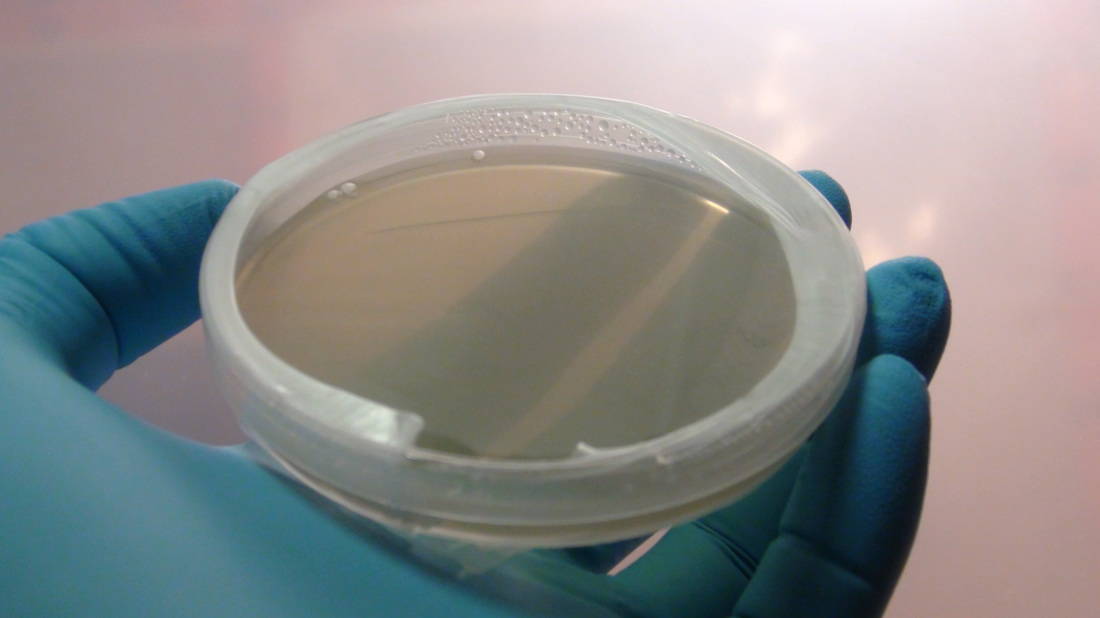
3. Contamination from The Cultivator
Dirty hands, dirty clothes, hair skin and breath- the actual cultivators themselves are often a huge source of contamination!
Your hands and clothes contain untold numbers of various contaminants that could wreak havoc on your grows. Consider showering and washing your hair right before doing any lab work.
It is also imperative to clean your hands thoroughly, including scrubbing under the fingernails, and using generous amounts of hand sanitizer. Many cultivators even prefer to use latex gloves when doing any kind of mycological work.
You should also only wear freshly laundered clothes when getting ready to do lab-style work. Some cultivators even like to use scrubs. You could also consider wearing a face mask, similar to what dentists and doctors use. This will prevent you from breathing onto your susceptible mycological work and introducing contaminants.
If you don’t want to wear a mask, consider trying not to speak or open your mouth when there is potential to contaminate your plates, jars, or blocks.
Use Proper Technique
It is important to always use proper sterile techniques when doing lab-style work. This definitely takes practice!
More than anything, proper sterile technique is a mindset. The cultivator has to always be aware of where potential sources of contamination are coming from and how to mitigate them.
When working with a laminar flow hood, the cultivator should always have the most susceptible materials upstream of the flow. For example, an open agar dish should be closest to the face of the filter, and all other materials should move upstream towards it.
The cultivator also needs to pay attention to what they touch. The lids of agar dishes need to be opened in a very specific way, with the lid only held at the back half of the dish, and pulled off downstream of the flow.
It is also important to work quickly and effectively. Sterile grain jars, fruiting blocks and agar dishes should only be exposed for the minimum amount of time required to complete the work.
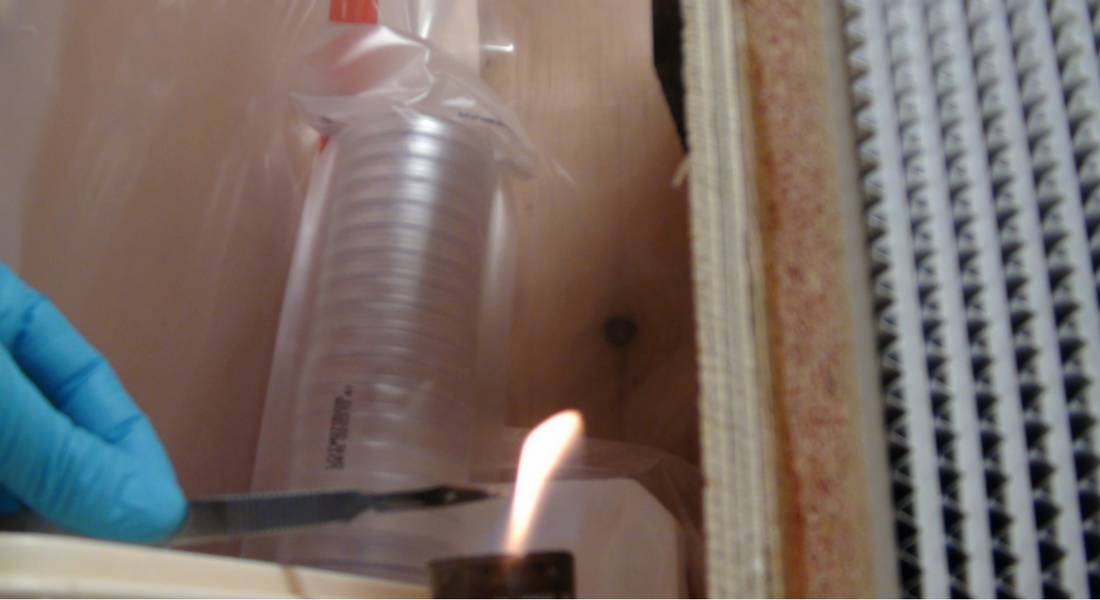
4. Contamination from Your Tools
It is common to pass on contamination to your cultures from your lab tools, especially when dealing with agar. Most often, this is the result of not properly sterilizing your scalpel or blade between culture transfers.
Flaming your Scalpel
Your scalpel needs to be flame sterilized until it is red hot between each and every transfer. This simply involves holding your scalpel in a flame for 20-30 seconds until it is glowing red. It will cool instantly when it is placed back into the agar. You can do this with a lighter, but it is much easier to do with an alcohol lamp.
Using Alcohol
Rubbing alcohol is indispensable for the cultivator. You should be wiping down all your tools and surfaces before doing any mycological work. You can also use it to wipe down the outside of your grow bags, grain jars and agar plates before opening them.
The easiest way to do this is to use a proper lab-style alcohol bottle. It allows you to squirt just the right amount of alcohol where you want to instead of having to pour it from a large mouthed bottle.
Supplies to Make it Easier
There are a number of lab supplies that you can use in order to make your job of maintaining a contaminante-free project much easier. You can definitely get by without most of these things- but sometimes it’s better to have the right tool for the job.
Alcohol Lamp
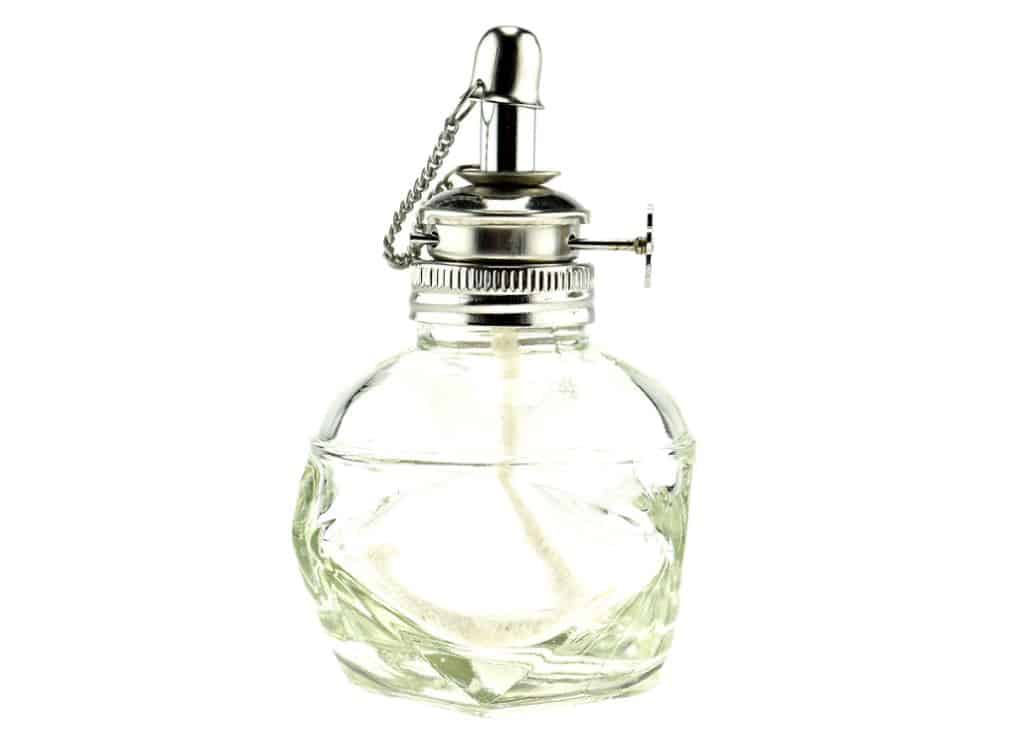
An alcohol lamp is simply a jar full of alcohol with a wick that can be used to supply a constant flame to your lab area. This is useful for sterilizing your scalpel or even the tips of spore/culture syringes.
ALTERNATIVE: You could always just use a lighter, but then you have to worry about flicking it on every time you want to use it. This introduces an extra step, and can be a source of contamination. A better option is to just use a shot glass ¾ full of Isopropyl Alcohol. Be careful though! Knocking this over could be a fire hazard.
Parafilm
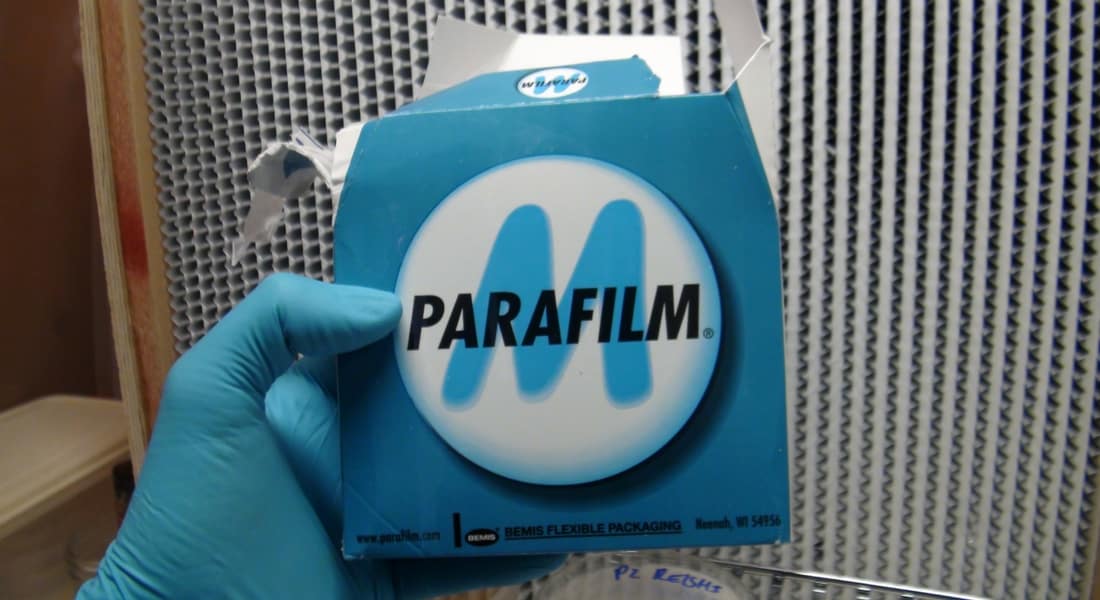
Parafilm is a stretchy porous material that can be used to properly seal agar dishes. It allows for the transfer of air, but filters out anything else that tries to get in.
ALTERNATIVE: You could always just use masking tape. A little more difficult to use, but way cheaper and almost as effective.
Alcohol Bottle
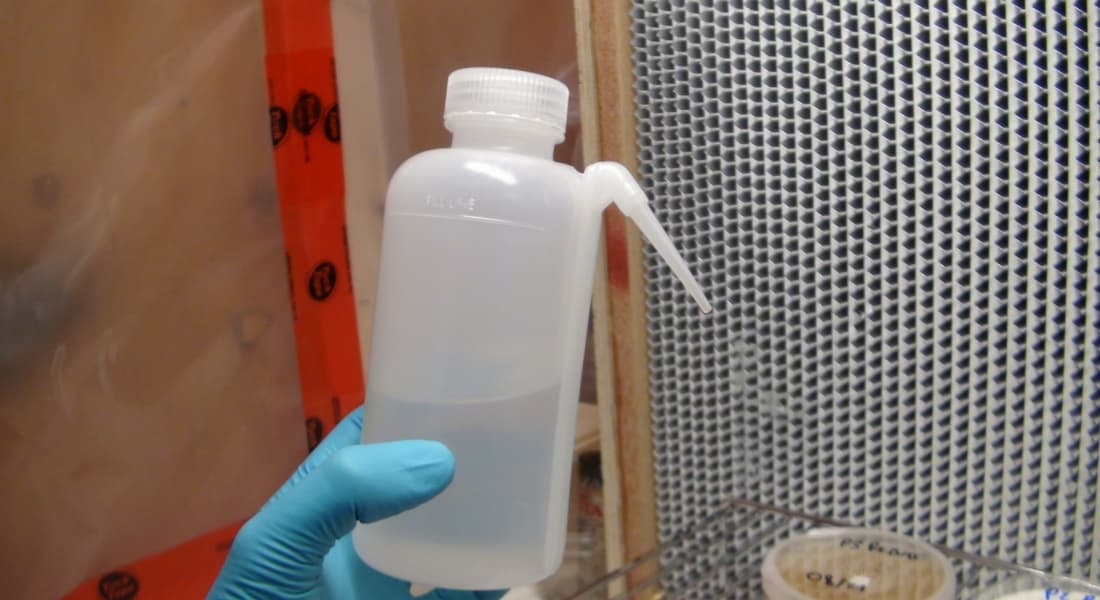
An alcohol bottle is a plastic bottle with a special spout and shape so that the isopropyl can easily be squeezed onto surfaces for sterilization. It makes cleaning of tools and surfaces quick and efficient.
ALTERNATIVE: You could always just pour out of the original bottle. A little bulkier to use, and you’ll waste more alcohol, but saves you buying an extra bottle.
Scalpel
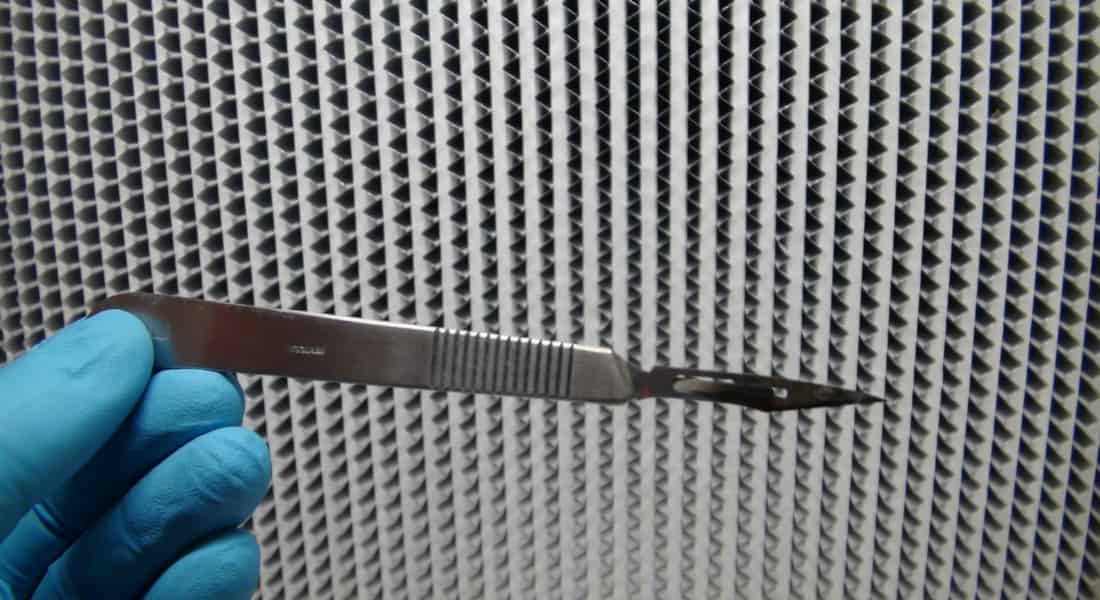
A scalpel is a super sharp blade with a handle for doing culture transfers, clones, and other agar work. Usually, they come with replaceable blades, so you can always be guaranteed to have a sharp knife to work with.
ALTERNATIVE: You can just use a sharp non-serrated knife from your kitchen. The only real downside is not having a replaceable blade.
Staying Clean
Although perfect sterility for mycological work is nearly impossible to achieve, every extra step you take increases your chances of success.
With the right tools, the right technique, and most importantly the right mindset, the clean and conscious cultivator stands a good chance to beat the contaminates more often than not!
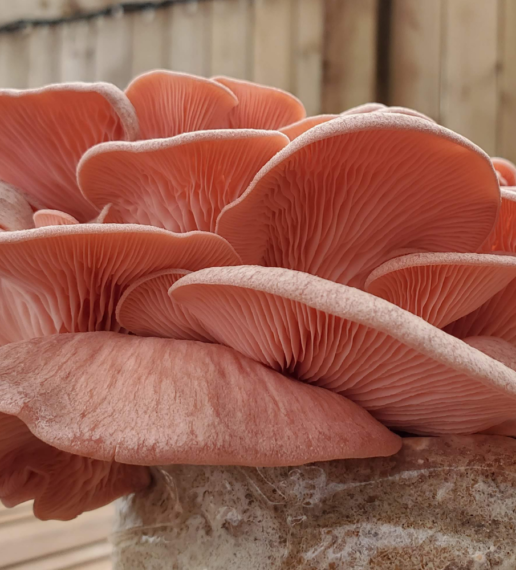
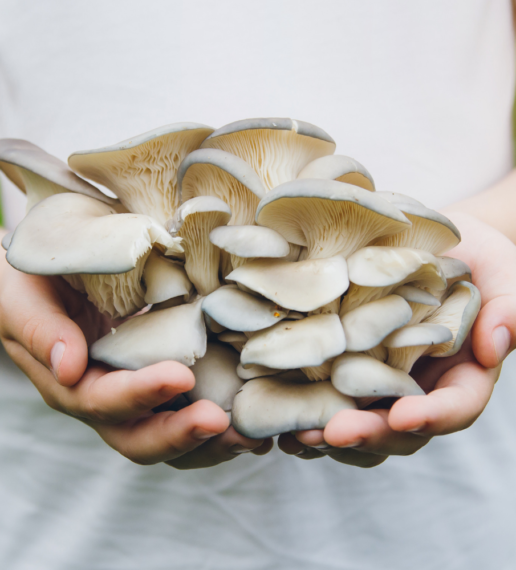
I kust stsrted my spawn production and all was wel. Now I’m having trichoderma an I have bought a humidifier that I can put anti bachetrial essential oils to keep my room clean. Which oils must I use in my machine
Hmmm…. never tried this! Let me know how it works out for you.
Hi Tony ! I’m so happy to have find you! I have tried many time to grow pleoroteus ostreato and I failed all the time! Trichoderma , Trichoderma always Tricoderma! Now I made a SAB , sanitized but with a chemical sanitizer and inoculated a carb board substrate pre pasteurized in pressure cooker for 3 hours, and I used blue oyster mushrooms stem, everything inside the box whit gloves. The box where the substrate is has 6 little cotton filters on the top, and so far so good, the mycelium is seems to predict and colonize the carb board , the box is a little sweety, thricoderma has always appeared later…I leave in Queensland and now is very moist in here. I’m doing , of course , indoor. Temp 22, night time and 30 daytime.
Well Tony what you think? Any suggestion? Tell me tell me tell me! I follow on you tube ! Fantastic channel! Anyways
Thanks
Best regards
Thanks so much for the kind words, I am glad you like the site! Seems like you might be on your way to success. Have you ever considered starting from spawn or a culture? Might be easier and less prone to contamination than when using the stem of the mushroom. Easier to ward off contamination.
hello Tony! thank u for the information. it was very informative n helpful for me. i would like to know the names of alcohol that can be used for mushroom farming, cos we got limited types of alcohol/spirit available in the market. i ll be grateful if u cud help me in this matter. thank u
Hey there! Isopropyl alcohol, the kind used for sanitation and for cleaning, can usually be found at pharmacies in the first aid section. 70% or 99% works great.